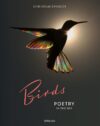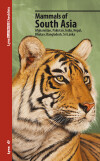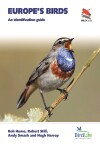New Book: Birds in Trouble
May 3, 2016 | Comments (0)
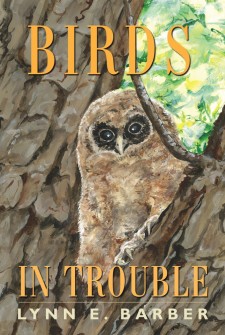 Birds in Trouble
Birds in Trouble
by Lynn E. Barber
From Texas A&M University Press:
As oil was washing up on the shores of Louisiana, covering shorebirds and their nests and eggs after the Deepwater Horizon disaster, Lynn Barber decided to write this book to heighten awareness, not only of the plight of bird species that are declining in numbers every year, but also of the ways in which the birds we see every day may also face the same fate.
First explaining the idea of birds “in trouble”—and what that means in terms of population, conservation status, and national and international designations—the book then turns to the habitats that are important to birds, how they are affected by changes in these habitats, and what ordinary people can do to help counter those negative effects. Barber then profiles forty-two species that are in trouble in the United States, discussing the likely reasons why and what, if anything, we can do to improve their situations. Illustrated throughout with the author’s signature bird art, the book closes with a reminder about what we can do to ensure that the birds we see every day in our yards, parks, and communities will remain with us.
The author’s delightful illustrations and personal notes highlight the accounts of 42 in-trouble birds. This is an accessible introduction to problems that birds face and what can be done to help them.
Birds in Trouble
by Lynn E. Barber
Flexbound; 220 pages
Texas A&M University Press; April 1, 2016
ISBN: 9781623493592
$29.95


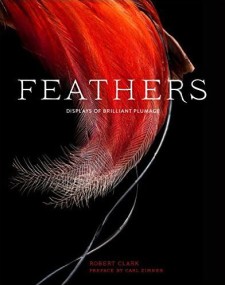 Feathers: Displays of Brilliant Plumage
Feathers: Displays of Brilliant Plumage One Wild Bird at a Time: Portraits of Individual Lives
One Wild Bird at a Time: Portraits of Individual Lives Gorgeous Gwendolen Goose and Other Stories
Gorgeous Gwendolen Goose and Other Stories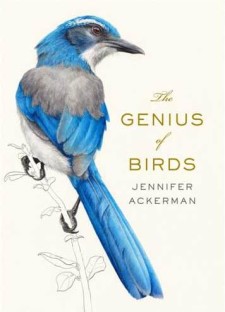 The Genius of Birds
The Genius of Birds The Most Perfect Thing: Inside (and Outside) a Bird’s Egg
The Most Perfect Thing: Inside (and Outside) a Bird’s Egg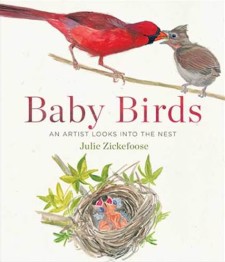 Baby Birds: An Artist Looks into the Nest
Baby Birds: An Artist Looks into the Nest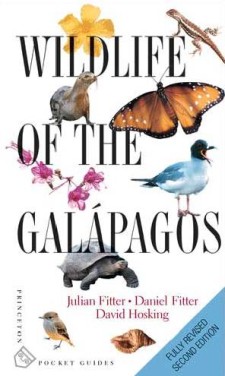 Wildlife of the Galápagos, Second Edition
Wildlife of the Galápagos, Second Edition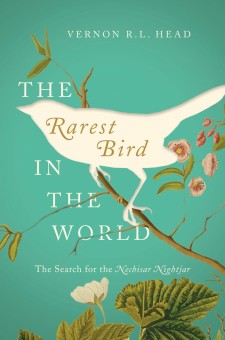 The Rarest Bird in the World: The Search for the Nechisar Nightjar
The Rarest Bird in the World: The Search for the Nechisar Nightjar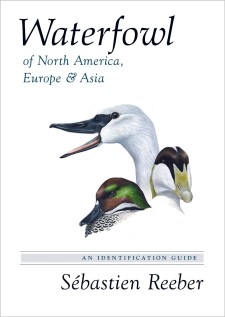 Waterfowl of North America, Europe, and Asia: An Identification Guide
Waterfowl of North America, Europe, and Asia: An Identification Guide



